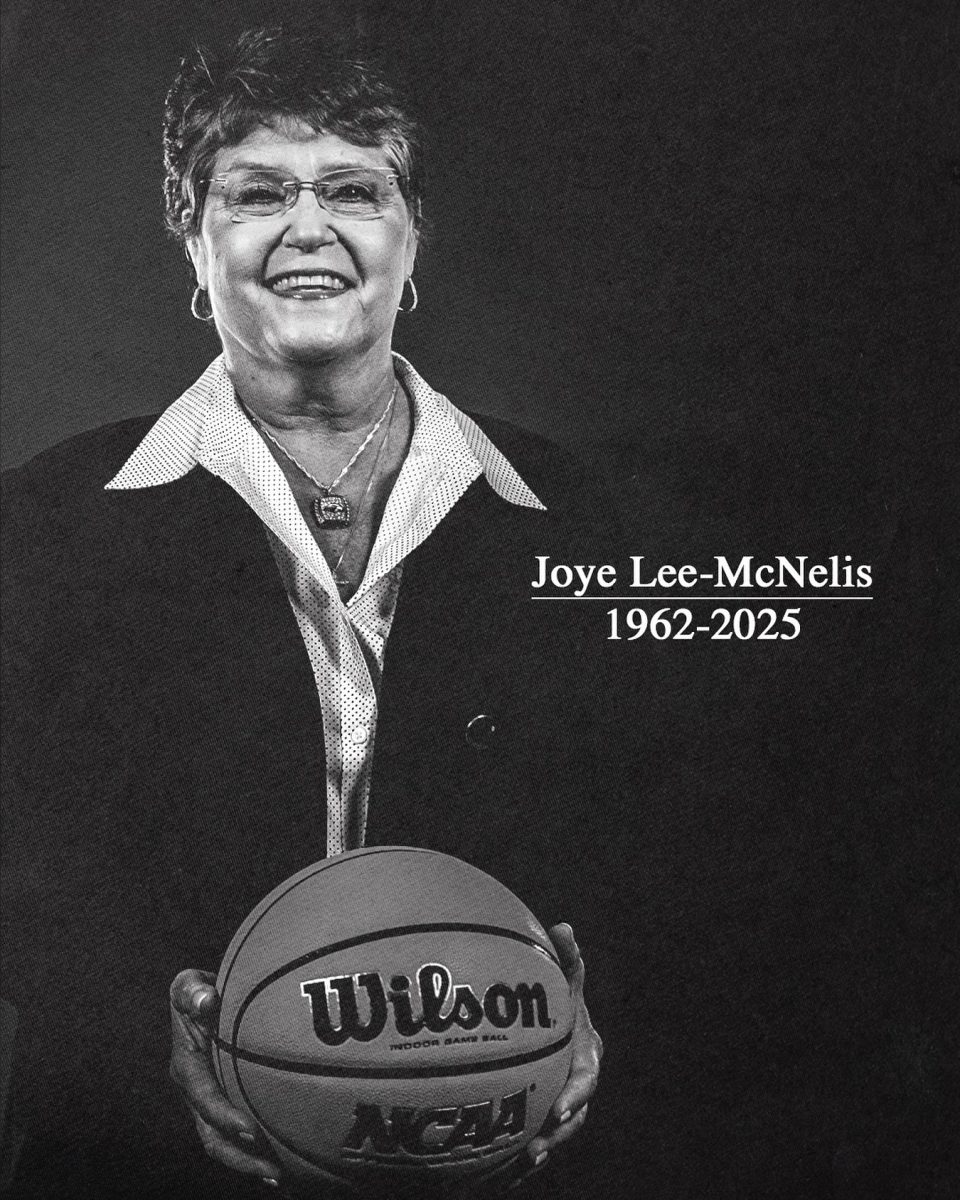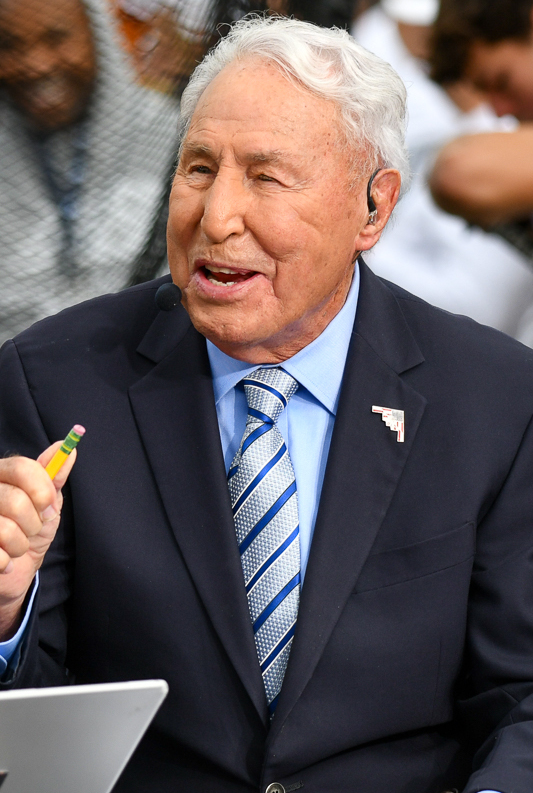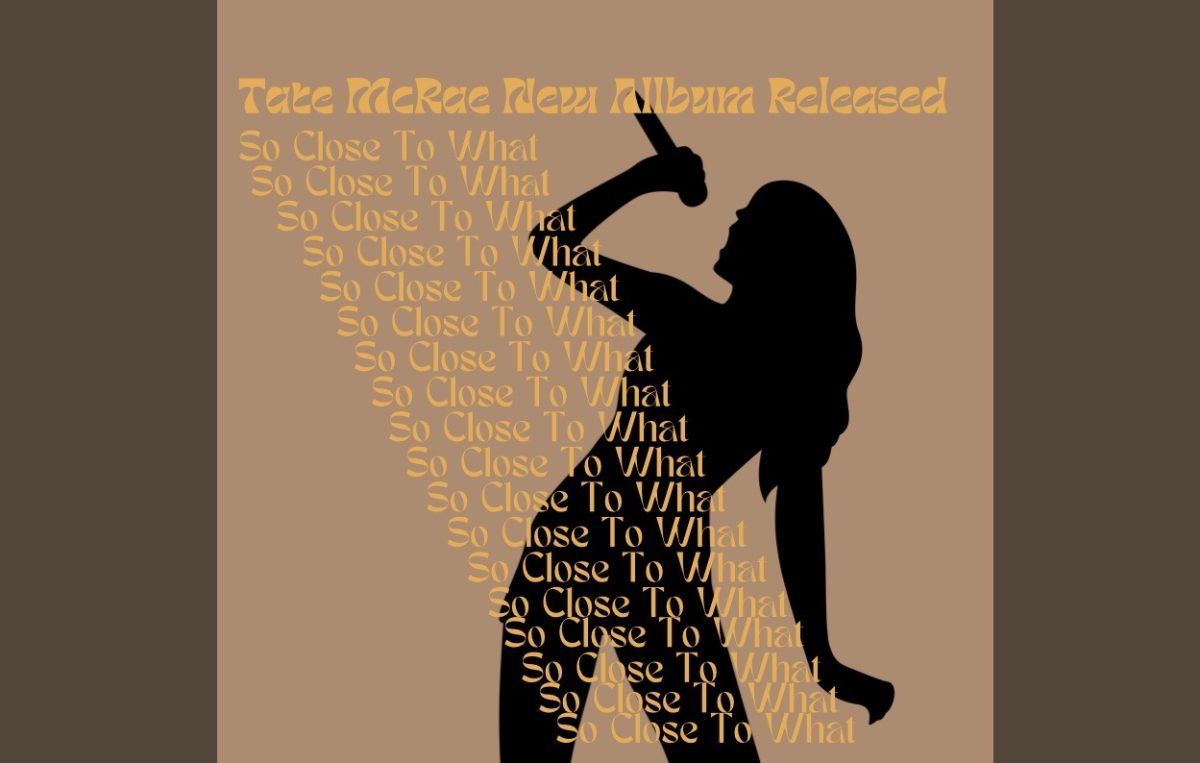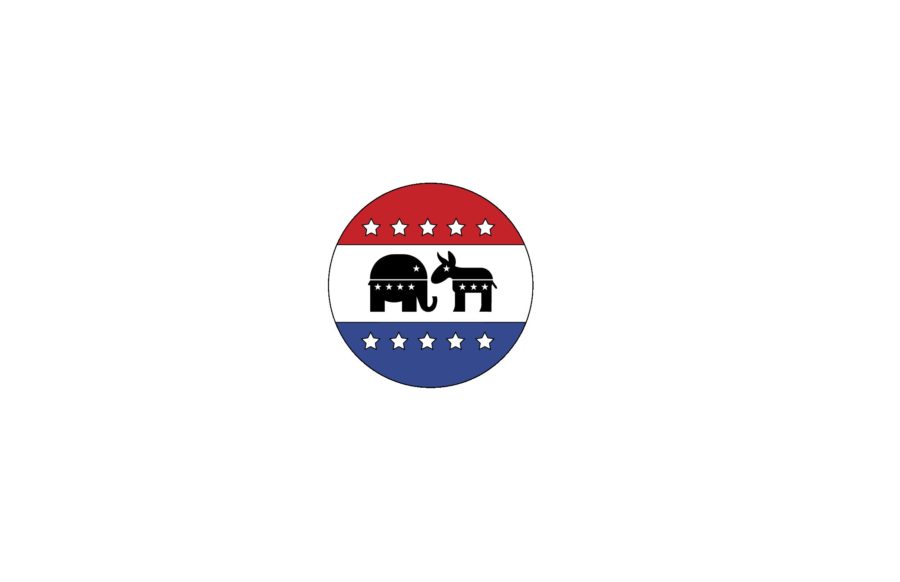The Electoral College is an outdated system that doesn’t properly represent the will of the entire population in the election of U.S. presidents. Replacing the Electoral College system with a national popular vote would be the more democratic and representative option.
Perhaps the biggest problem with this system is that the winner of the election doesn’t always win the popular vote. This has only happened five times, but two of these times have been within the past 20 years.
Most recently in the 2016 election, Hillary Clinton received nearly 3 million more votes than Donald Trump. That’s the largest margin in history for someone who won the popular vote but lost the Electoral College.
While this is a rare occurrence, it shouldn’t be possible for someone who the majority of Americans didn’t vote for to become president.
Another big issue with the Electoral College is the “winner-take-all” system that 48 states currently use. Under this rule, states give all of their electoral votes to the candidate who wins the state popular vote, no matter how small the win might be. This makes it impossible for even a large minority in a state to have any representation in the presidential election.
This leads to another issue in elections, which is voter turnout. Voters in solidly Republican or Democratic states are less likely to participate in presidential elections because they feel that their vote doesn’t matter, and they’re not wrong. In a state like Mississippi that is almost certain to vote Republican, there is basically no point in voting if you’re not voting for a Republican candidate.
The “winner-take-all” method also encourages candidates to only campaign in swing states where the election outcome is more unsure. This means that candidates can often ignore the issues and concerns of voters from states that firmly lean one way or the other.
Proponents of the Electoral College argue that the system keeps elections from being decided solely by people in big cities and gives equal footing to rural areas and small towns. The reality is that the Electoral College disproportionately inflates the importance of smaller states and undervalues more populous states.
The most extreme example of this is in the case of Wyoming and California. Wyoming, the least populous state with 586,107 people, has three electoral votes. California, the most populous state, has 55 electoral votes. This means that each individual Wyoming vote weighs 3.6 times more than a vote in California. Wyoming’s three votes are more powerful because if a candidate gets two votes out of the three they win the state, but it takes more for a candidate to win California’s majority.
Getting rid of the Electoral College would require amending the Constitution, which isn’t likely to happen anytime soon, but some states have taken another route to change the system.
The National Popular Vote Interstate Compact is a group of states that have pledged to give their state’s electoral votes to whoever wins the national popular vote, but this won’t take effect until the compact has at least 270 electoral votes, which is the amount needed to win the election. So far the compact consists of 15 states and the District of Columbia with a total of 196 electoral votes.
Until a Constitutional amendment can pass to abolish the Electoral College in favor of a popular vote, the most democratic and fair option, this National Popular Vote Interstate Compact seems like the best course of action to take.
































